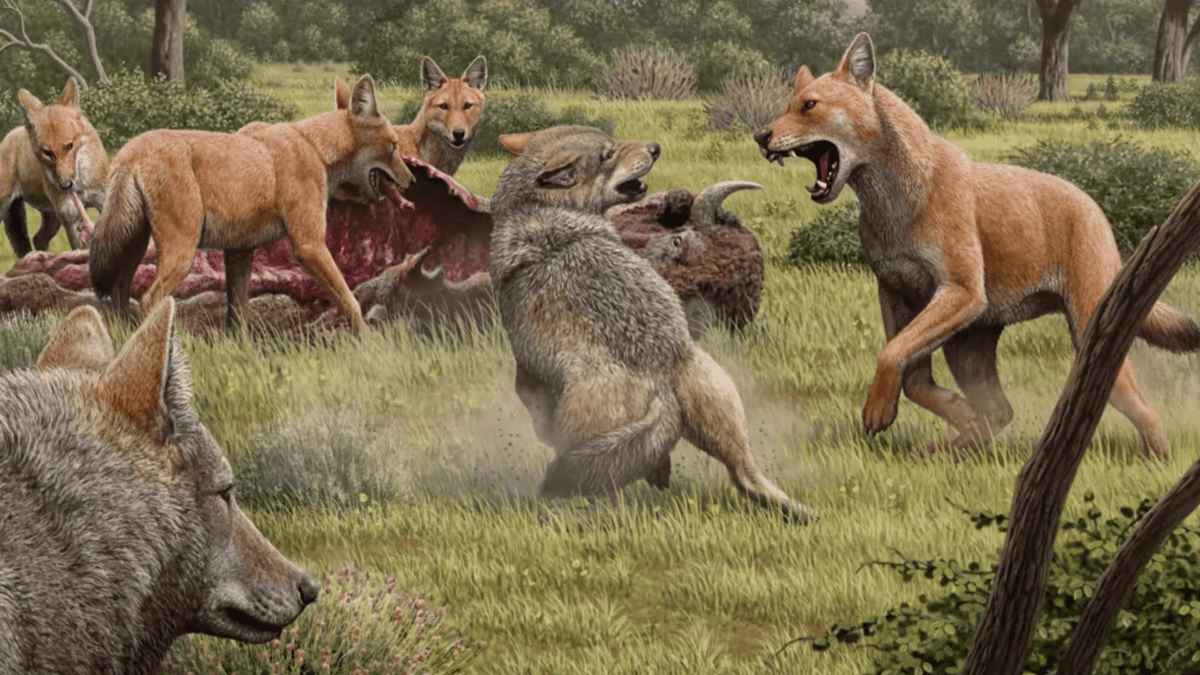Paleolithic dogs are some of the earliest domesticated animals. In fact, these ancient dogs lived alongside humans during the Stone Age, helping with survival and hunting. Let’s discover how their relationship with humans paved the way for the deep bond we have with dogs today!
Origins of Paleolithic Dogs
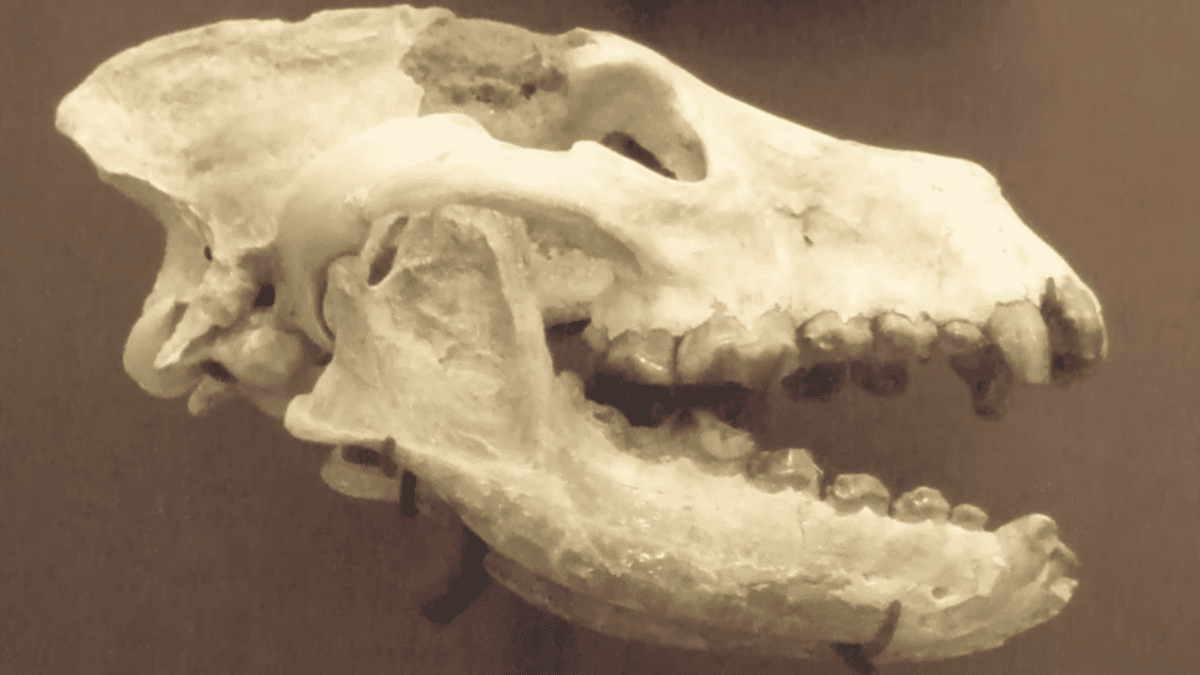
The origins of Paleolithic dogs trace back more than 15,000 years. Specifically, they likely evolved from wild wolves that began interacting with human groups. Over time, these interactions led to a symbiotic relationship between the two species.
How Dogs Became Domesticated
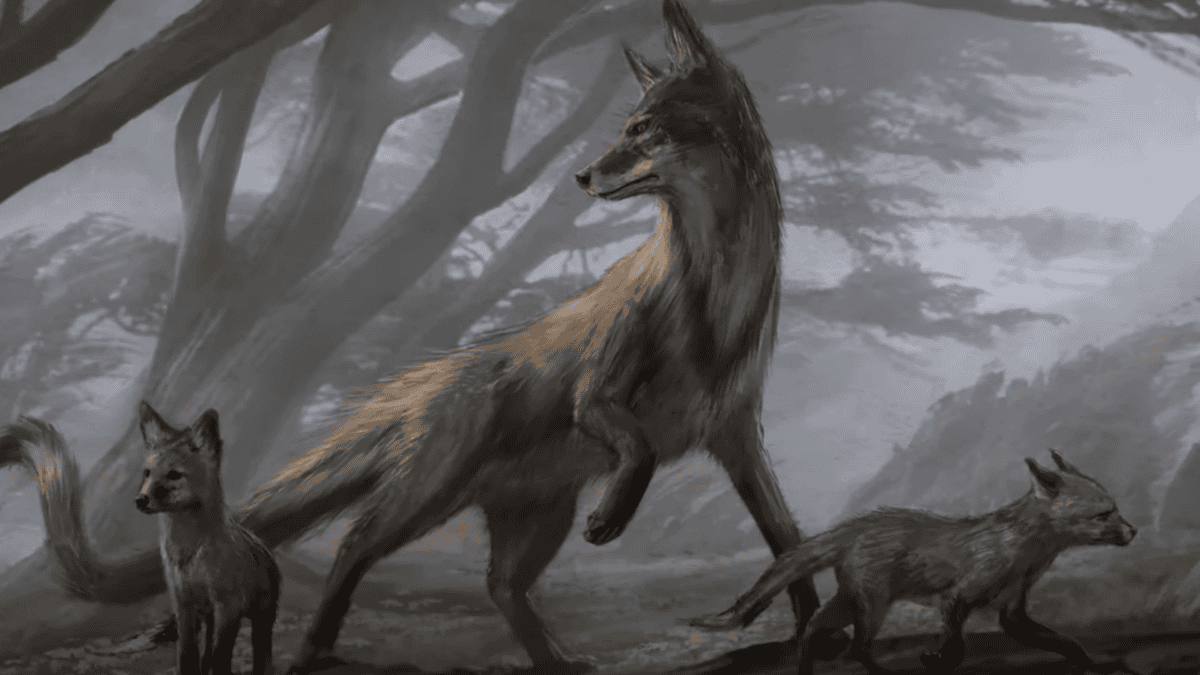
Dogs were domesticated through a slow process of natural selection. For example, early humans likely favored wolves that were less aggressive and more curious. Consequently, this resulted in the development of tamer animals that eventually became the first dogs!
Role of Paleolithic Dogs in Hunting
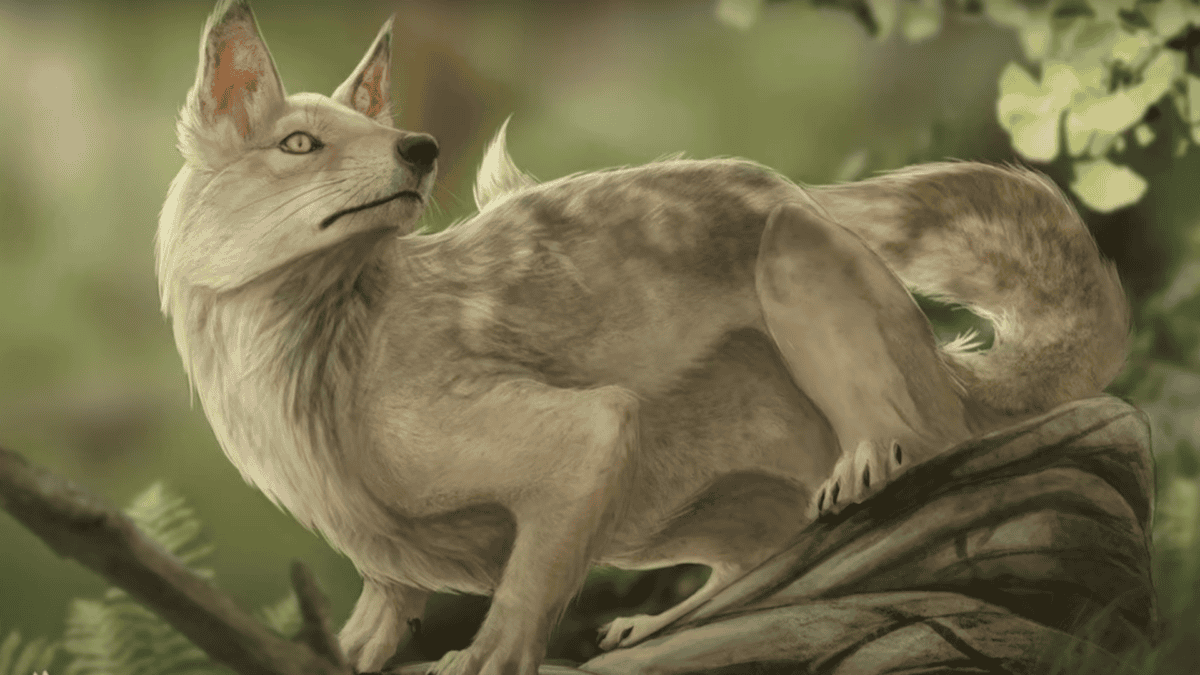
In the Paleolithic era, dogs played an important role in hunting. Specifically, they helped humans track, chase, and capture prey, making hunting more efficient. Moreover, this partnership was mutually beneficial, as dogs also received food and protection from humans. This sounds like the beginning of a beautiful friendship to me!
Physical Characteristics of Paleolithic Dogs
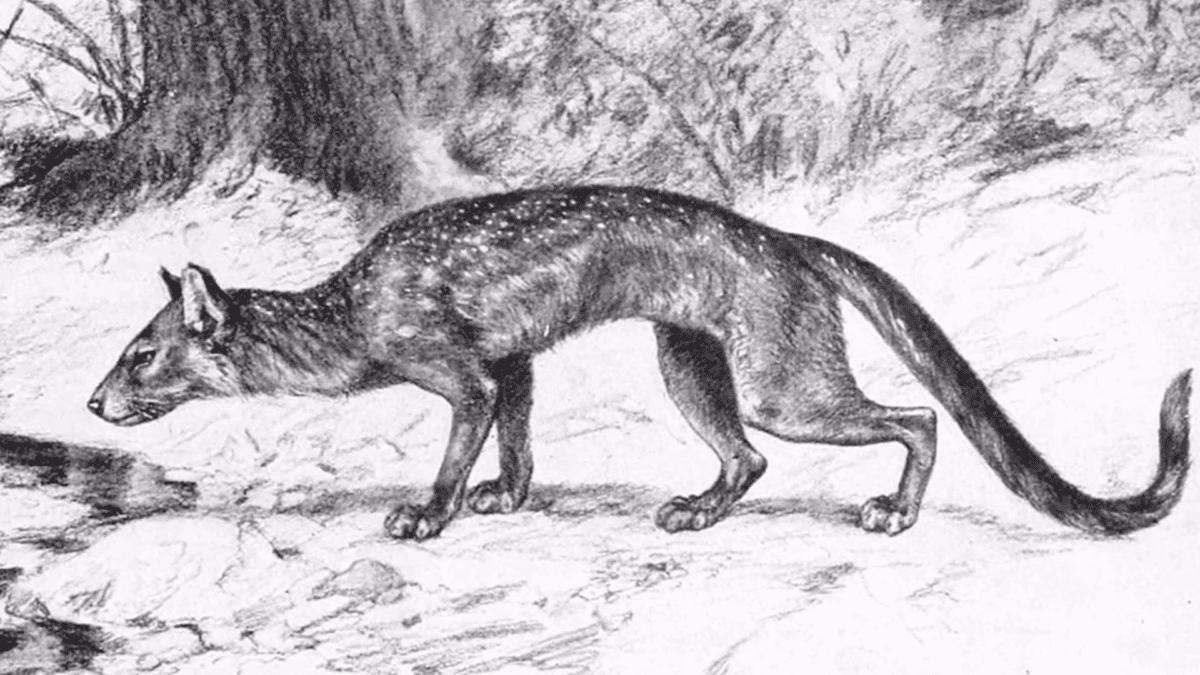
Paleolithic dogs looked different from the modern breeds we know today. As you might imagine, they were typically larger, with a more wolf-like appearance, having strong jaws and sharp teeth. Their physical traits helped them survive in harsh environments and hunt alongside humans. Some dogs today still share much of this resemblance, but we also have many small and cute breeds now.
Diet of Paleolithic Dogs
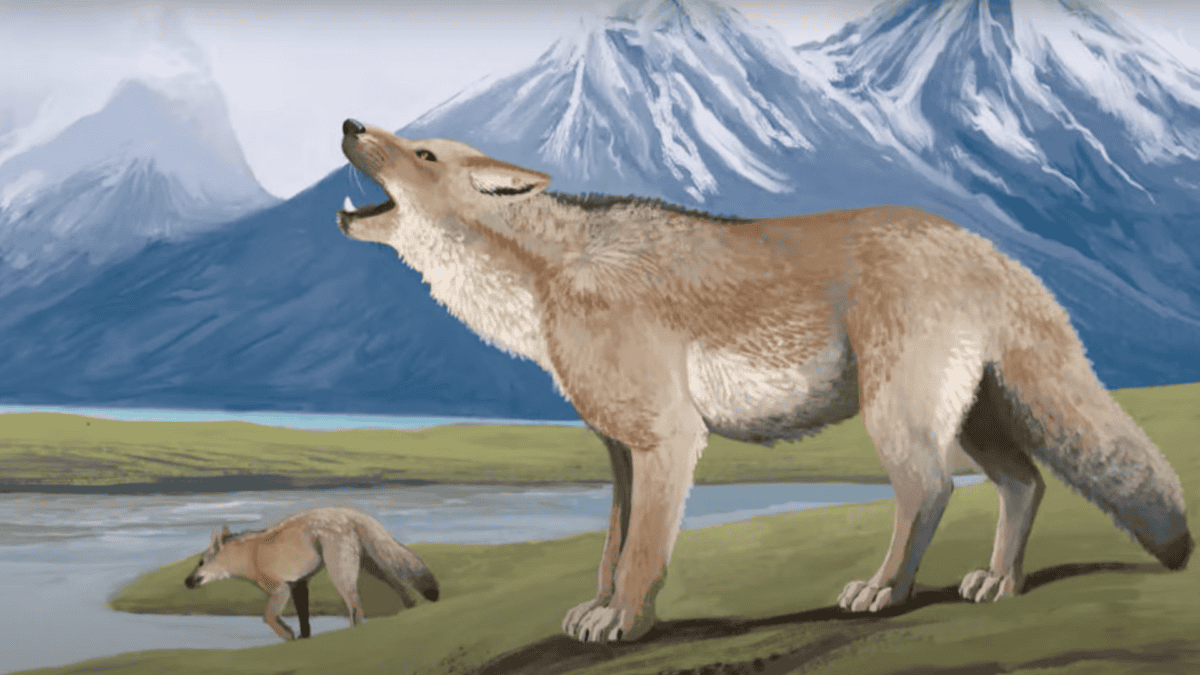
The diet of Paleolithic dogs consisted mainly of raw meat and bones. Logically, they fed on the same animals their human companions hunted. Additionally, they likely scavenged leftover food from human campsites.
Social Structure Between Humans and Dogs
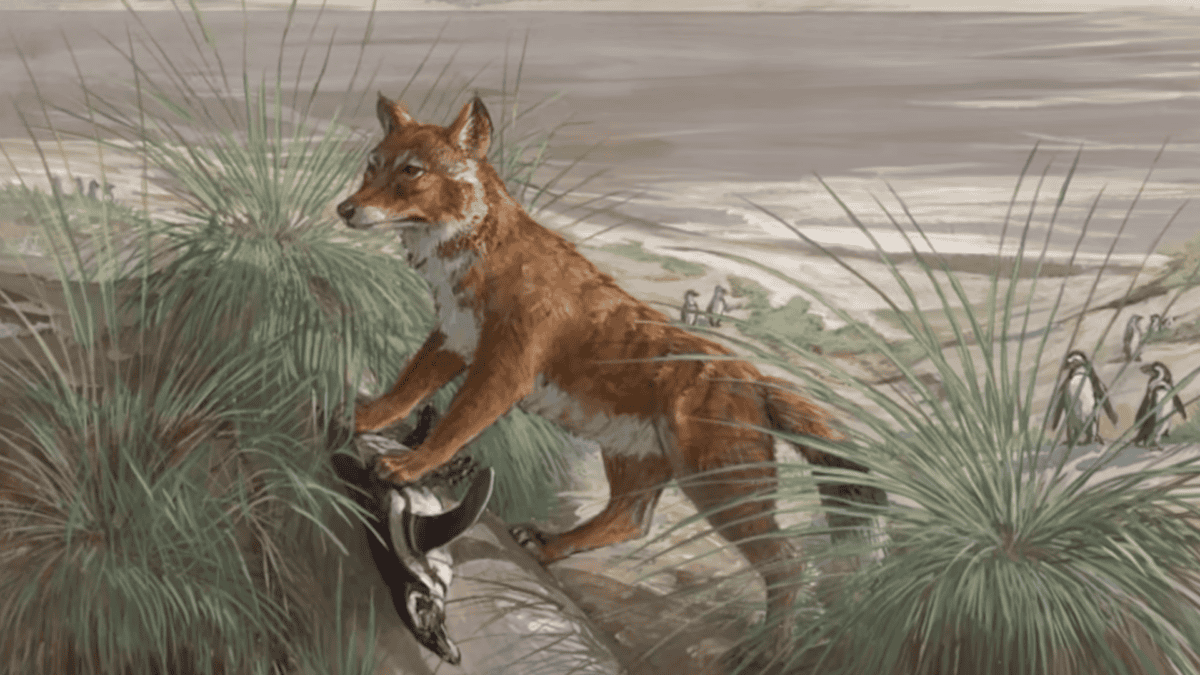
The social structure between humans and Paleolithic dogs was built on trust and cooperation. S0, dogs became loyal companions, alerting humans to danger and protecting them from threats. In return, humans provided food and shelter, cementing their bond.
Burial and Rituals Involving Paleolithic Dogs
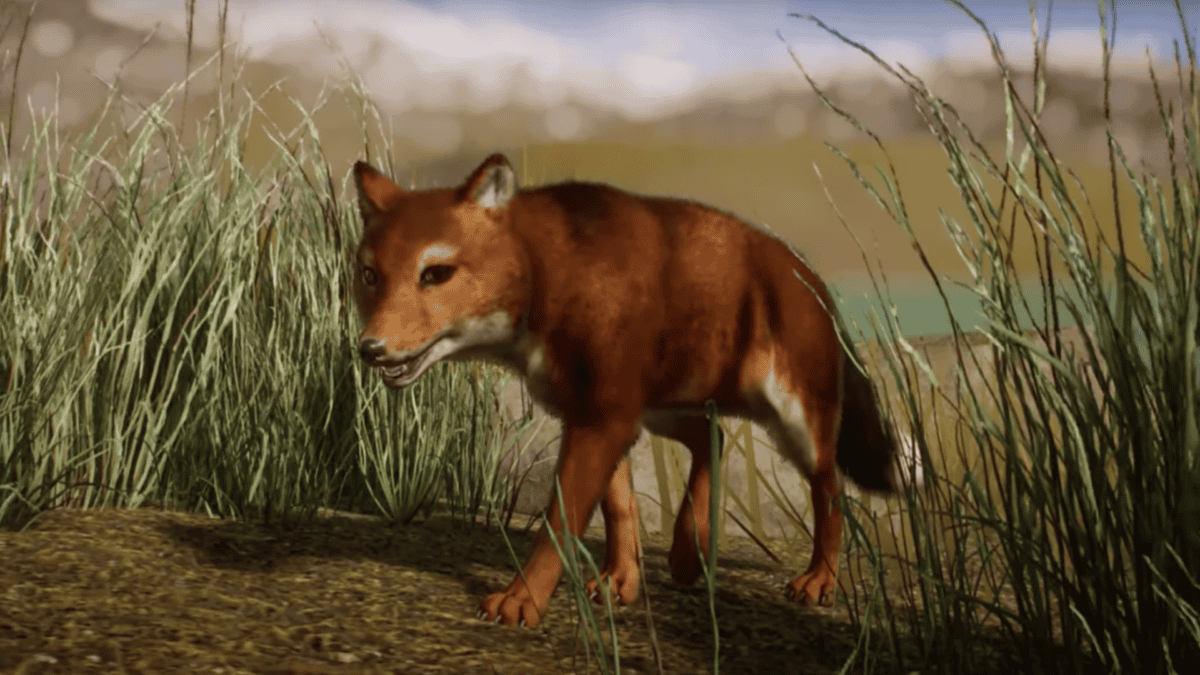
Archaeological evidence suggests that some Paleolithic dogs were buried alongside humans. This indicates that dogs were not only useful but also held a significant place in human society. Rituals involving dog burials point to the emotional connection people had with their canine companions. It’s comforting to know that our ancestors shared our love for these creatures with us!
Early Training and Tasks for Paleolithic Dogs
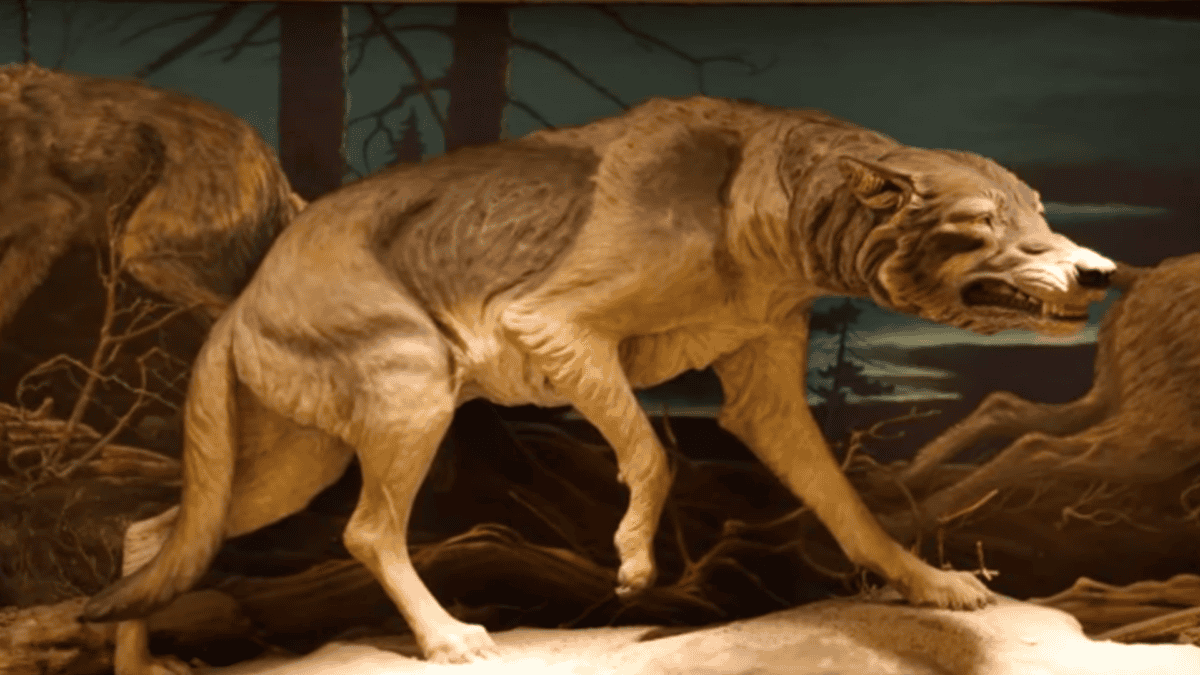
Paleolithic dogs were likely trained to perform specific tasks. Typically, these tasks included hunting, guarding, and perhaps even pulling simple sleds. So, training was essential to strengthen the human-dog relationship and increase survival chances.
Paleolithic Dog Breeds and Types
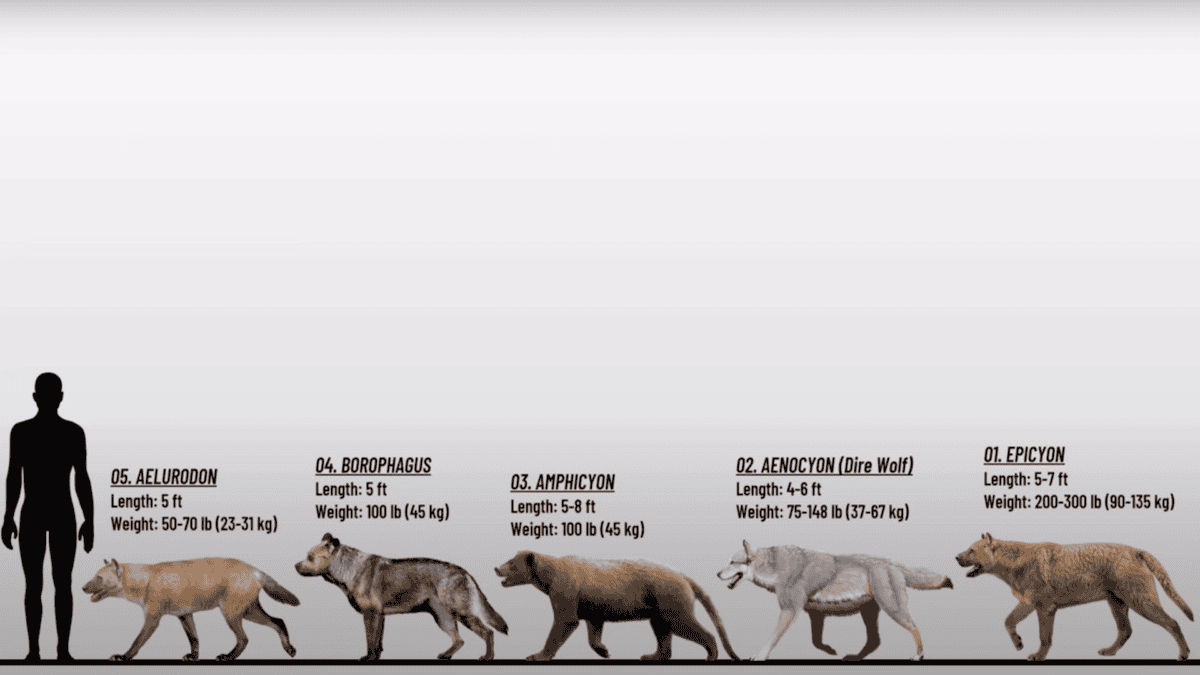
Though modern breeds didn’t exist during the Paleolithic era, early dogs showed variations in size and shape. For example, some were more suited to hunting large prey, while others were better at guarding campsites. These differences laid the foundation for the variety of breeds we see today!
Archaeological Discoveries of Paleolithic Dogs
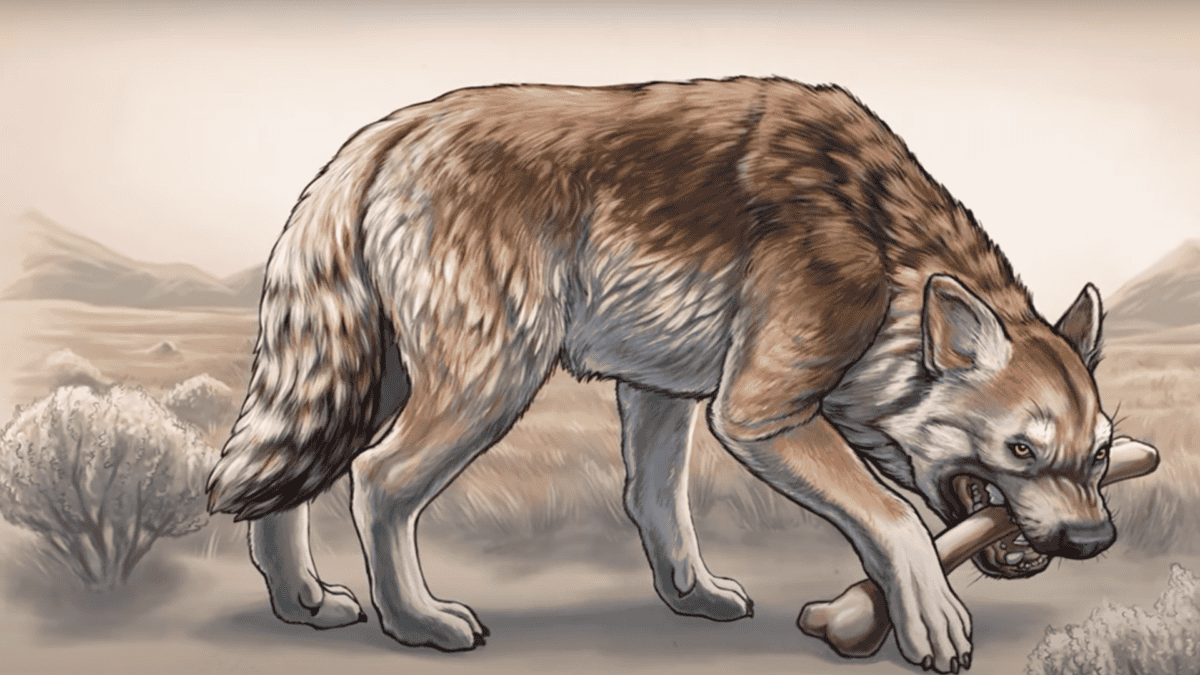
Archaeological sites around the world have uncovered remains of Paleolithic dogs. These findings provide valuable insight into how early dogs lived and their role in human societies. From bones to tools used for training, these discoveries tell the story of dog domestication.
Conclusion: The Legacy of Paleolithic Dogs
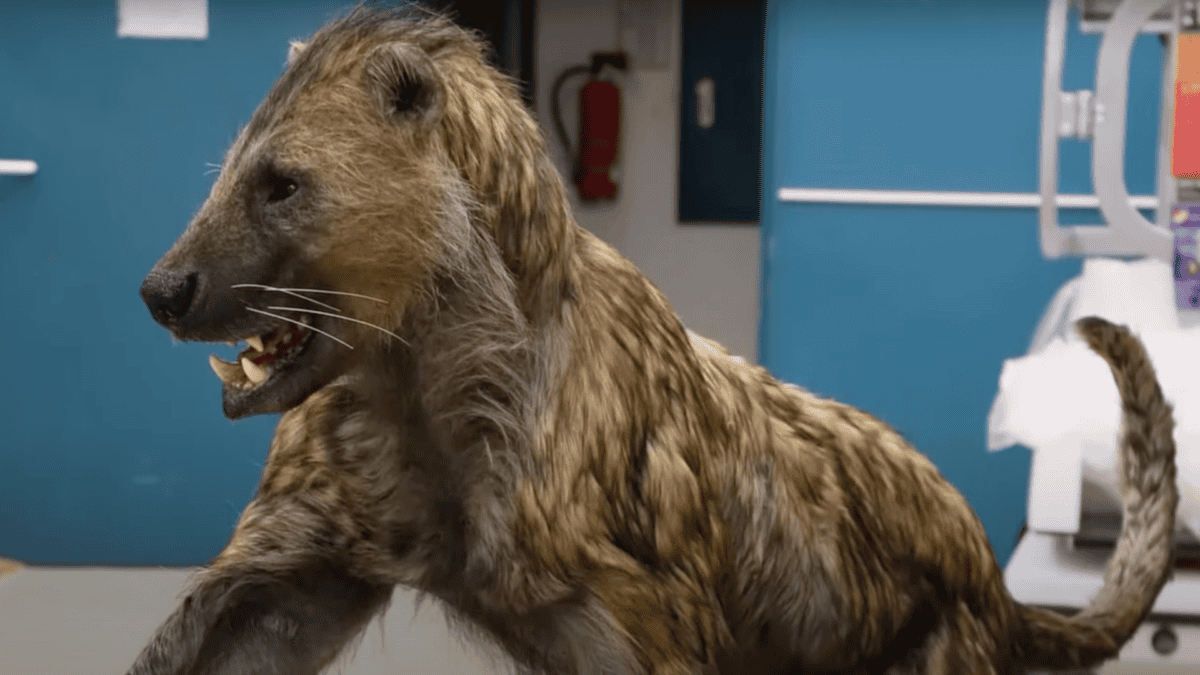
Paleolithic dogs were crucial to human survival and set the stage for the bond we share with dogs today. In fact, their roles as hunters, protectors, and companions influenced the course of human history. Now, understanding their legacy helps us appreciate the long history between humans and their best friends!
- Dinosaur Cowboy Discovers Dueling Dinosaurs In Montana - August 26, 2025
- The Perfect Dog Breeds For People Who Love To Stay Home - August 25, 2025
- Why Your Dog Might Be Staring At You - August 22, 2025

